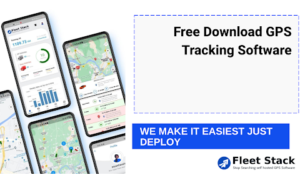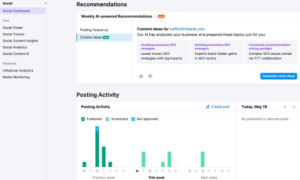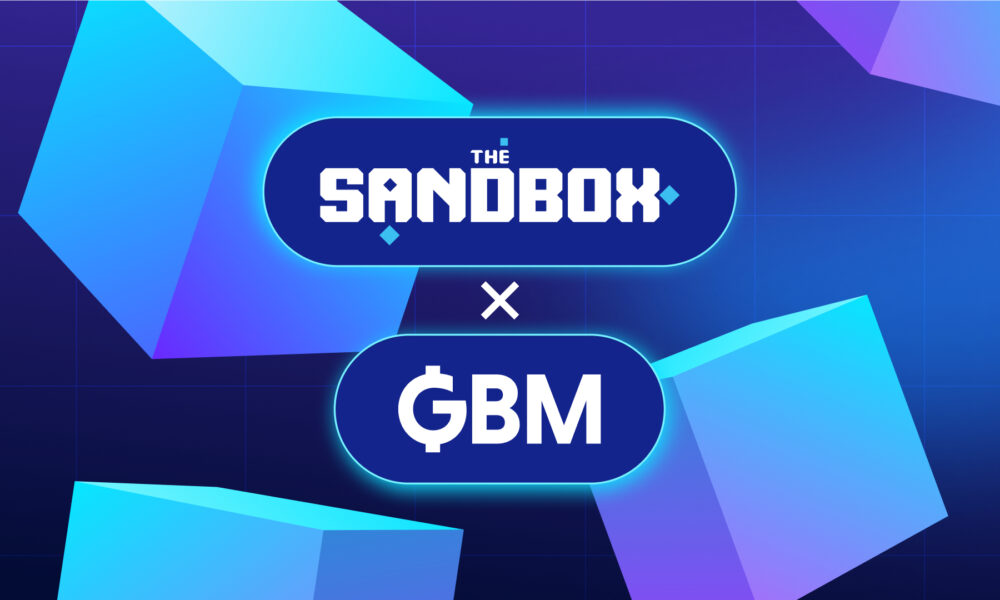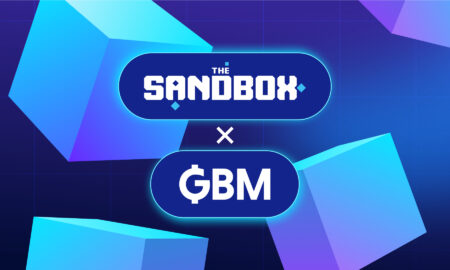Advertising campaigns are the thing that makes us love or hate a brand. We all know that one ad that’s so annoying makes us want to throw our PC out the window. Or that one ad that’s so good it inspires us to buy whatever product they sell. 75% of consumers said paid ads make it easier to find what they need, so if you run quality ads, you’re doing the right thing!
But what if you’re doing it not quite the right way? It may hurt, yes. Creating an advertising campaign can be tricky, and mistakes happen more often than we’d like to admit. But fear not; we’re here to help!
In this article, we will discuss the top five common mistakes businesses make when launching an advertising campaign and offer some tips on how to avoid them. So buckle up, and let’s dive into advertising mishaps and mayhem.
Mistake #1: Not Defining Your Target Audience Clearly
One of the most significant mistakes you can make when launching an advertising campaign is not defining your target audience clearly. Knowing who you want to reach with your campaign and tailoring your message is critical to its success. Without a well-defined target audience, your message could end up being too broad or too narrow, which will decrease your chances of reaching your desired audience.
Solution
To avoid not defining your target audience clearly, start by gathering data on your existing customers. Analyze their demographics and behavior patterns to identify common features and create detailed buyer personas.
Use this information to develop a targeted message that resonates with your ideal customers. Your message should focus on the benefits of your product or service rather than just its features. Be sure to use language that speaks to the emotions and desires of your target audience, and avoid jargon or technical terms that may be confusing.
You can also use tools like social media and website analytics to monitor your campaign’s performance and adjust your targeting.
Mistake #2: Missing the Sweet Spot for Your Budget
Advertising campaigns can be expensive, so not setting a realistic budget is a significant mistake. You need to determine how much you will spend on your campaign, considering the ROI you expect to achieve. Cutting corners on your budget could result in a lower-quality campaign that doesn’t achieve the desired results.
Aside from that, you may need to catch up regarding CPM you spend for each impression. So most of your budget may be wasted without you being timely aware, especially if you run large-scale campaigns.
Solution
You might need to know how to optimize your CPM to avoid budget leakage. In real-time bidding platforms, where the media buying happens automatically, you can apply tweaks that weed out underperforming sources.
For instance, bid caps allow you to set a maximum limit, ensuring you do not overspend on a particular impression. Bid caps can also help you optimize your CPM by setting the maximum price you will pay for a particular ad impression.
What’s more, some demand-side platforms allow you to set rules under which you can white-list or black-list specific sources automatically. Therefore, the platform optimizes your budget, spending it on the best-performing impressions.
Mistake #3: Using Poorly Designed Banners
A poorly designed banner can negatively impact the effectiveness of your ad campaign, as it may fail to capture the audience’s attention and convey your message effectively. Using such banners, you condemn your campaign for low click-through rates, negative brand perception, and lower return on investment.
Solution
To create quality banners, follow these simple rules:
- Keep it simple: Your banner should have a simple and clear message. Avoid cluttering the design with too much information or too many elements.
- Use high-quality images: Use high-quality images that are relevant to your message. Poor-quality images can make your banner look unprofessional and detract from your message.
- Choose readable fonts: Choose readable fonts that are easy to read, even from a distance. Avoid using multiple fonts in one banner, which can create visual confusion.
- Make it visually appealing: Your banner should be visually appealing and attention-grabbing. Use colors and graphics that are visually appealing and aligned with your brand.
- Use a strong call-to-action: Use a strong and clear call-to-action to encourage users to take action. The call-to-action should be prominent and easy to find.
- Test multiple versions: Test multiple versions of your banner to see which design resonates best with your target audience. A/B testing can help you optimize your banner design and improve its effectiveness.
Mistake #4: Not Measuring Conversions
Lastly, not measuring the results of your advertising campaign is a crucial mistake. Measuring the performance of your campaign is necessary to optimize it and determine if it achieved the desired results. By tracking the performance of your campaign, you can make informed decisions about how to allocate your advertising budget and optimize future campaigns.
Solution
Several tools, including Google Analytics and Facebook Pixel, are available to track conversions. It’s quite easy to install: you must add a tracking code to your website to track user behavior after clicking on your ad.
An alternative method, S2S tracking works by sending data directly from your app’s server to the ad platform’s server, bypassing the need for tracking pixels or SDKs. This method of tracking conversions is more secure and reliable than pixel tracking, as it is less susceptible to ad fraud and other types of invalid traffic.
S2S tracking is the default method of performance tracking in most demand-side platforms. Unlike pixel tracking, it won’t be affected by the so-called death of 3rd-party cookies since it doesn’t use cookie-based identifiers and utilizes user or click ID instead.
Recap for Busy Readers
By setting a realistic budget, targeting your audience effectively, optimizing your CPM in RTB campaigns, and designing eye-catching banners, you can elevate your campaigns and drive better results.
Remember, it’s not just about launching your campaigns but also measuring their impact and making data-driven optimizations to ensure maximum ROI. According to a survey by HubSpot, companies that calculate ROI are 1.6 times more likely to receive higher budgets for marketing. So, keep a close eye on critical metrics such as click-through rate, conversion rate, and cost per conversion, and continuously test, track, and optimize your campaigns.
By implementing best practices and avoiding common mistakes, you can set your strategy up for success and achieve better results over time. So, get ready to launch your campaigns and take your business to new heights with the power of advertising!



































